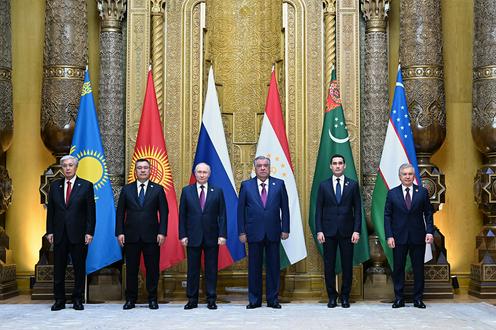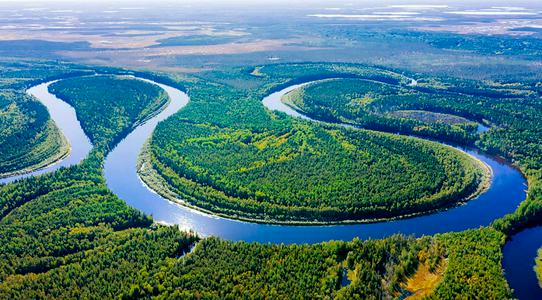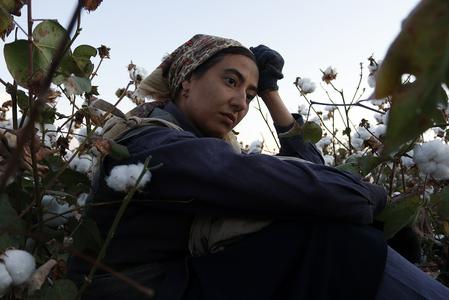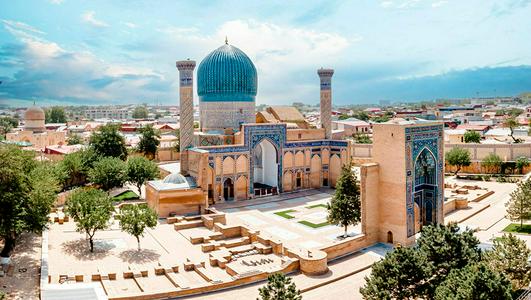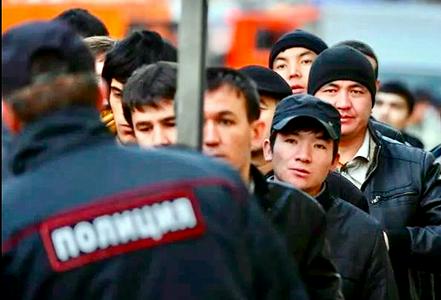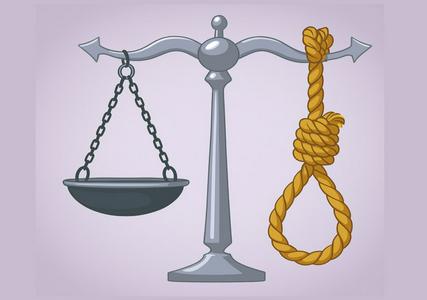Following the second Central Asia–Russia summit held on October 9 in Dushanbe, participants signed a Joint Action Plan for 2025–2027 and an adopted communiqué.
In the communiqué, summit participants reaffirmed their commitment to shaping a multipolar world order that, in their view, should ensure security, preserve cultural and civilizational identity, and guarantee equal opportunities for all states. The optimal foundation for such an order, they noted, lies in “the diversity of national development models, the indivisibility of security, and strict adherence to all principles of international law in accordance with the UN Charter.”
The parties agreed to strengthen cooperation in combating terrorism, extremism, illegal migration, and drug trafficking. Special attention was given to the situation in Afghanistan, where summit participants pledged to continue coordinating efforts to promote peace and stability, calling this a key factor in Central Asian security. They also reaffirmed the importance of the Commonwealth of Independent States (CIS) as an effective platform for regional cooperation.
In the economic sphere, the focus was on eliminating trade barriers and developing transport and logistics infrastructure, particularly the North–South corridor. The sides expressed their intention to deepen economic ties, build stable production chains, and attract investment. The communiqué highlighted the role of the Eurasian Development Bank and the Eurasian Fund for Stabilization and Development in financing projects and supporting economic stability in the region, as well as the importance of expanding settlements in national currencies.
Priority areas of cooperation include digital trade, artificial intelligence, low-emission energy, and industrial cooperation.
Significant attention was also given to humanitarian cooperation. The communiqué stresses the importance of strengthening ties in culture, education, science, sports, and tourism. The participants welcomed the establishment of the International Organization for the Russian Language.
In the migration sphere, the sides reaffirmed their commitment to ensuring the safety, rights, and dignity of citizens of the six countries living and working on each other’s territories. They emphasized the need to improve mechanisms that balance public safety with decent labor conditions.
The summit concluded with the adoption of the Joint Action Plan for 2025–2027, which will be reviewed at regular meetings of foreign ministers. The results are to be presented at the third Central Asia–Russia summit in 2027. The host country for that meeting has not yet been determined.
The second Central Asia–Russia summit brought together Presidents Kassym-Jomart Tokayev (Kazakhstan), Sadyr Japarov (Kyrgyzstan), Vladimir Putin (Russia), Emomali Rahmon (Tajikistan), Serdar Berdymukhamedov (Turkmenistan), and Shavkat Mirziyoyev (Uzbekistan).
In his remarks, Vladimir Putin reaffirmed Russia’s intention to strengthen strategic partnerships with Central Asian countries, pointing to the region’s significant untapped economic potential. He noted that Russia’s trade with the “Central Asian Five” exceeded $45 billion, but emphasized that the potential for growth remains enormous, citing trade with Belarus, which exceeds $50 billion despite its smaller population.
Putin called for expanded industrial cooperation, increased Russian investment (now over $20 billion), and a more active transition to national currency settlements.
He also underscored the importance of joint infrastructure projects, including the North–South and East–West transport corridors, and cooperation in energy, such as the construction of a nuclear power plant and the modernization of hydropower facilities.
Putin highlighted the shared approaches of Russia and the Central Asian states on major international issues, stressing the need to stabilize the situation in Afghanistan, pursue a diplomatic resolution to the Israeli–Palestinian conflict through the creation of an independent Palestinian state, and find a peaceful solution to the Iranian nuclear issue.
He also pointed to the strong humanitarian ties underpinning the partnership, including the presence of 212,000 students from the region studying in Russia and the establishment of Russian-language schools and 25 university branches in Central Asia.
